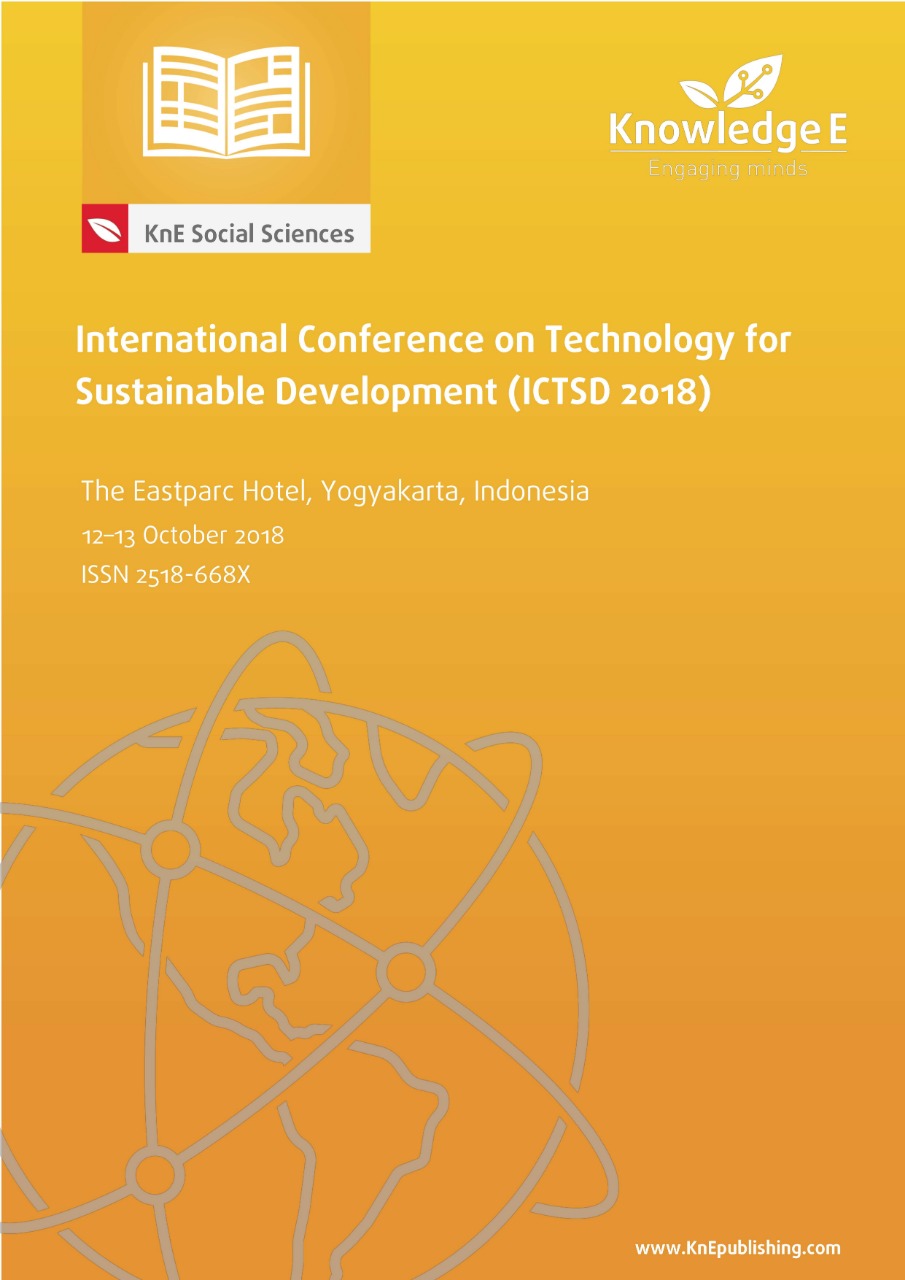Focusing on Forest Administration Systems in Analyzing Joint Forest Management: A Case Study of PHBM in Java, Indonesia
DOI:
https://doi.org/10.18502/kss.v3i23.5146Abstract
The present study analyzes PHBM (Pengelolaan Sumberdaya Hutan Bersama Masyarakat), a joint forest management mechanism implemented by the State Forest Corporation (SFC) and village-level committees (LMDHs) in Java, Indonesia, in terms of forest administration systems. SFC had maintained conventional organizational structures and staffing systems, and frontline foresters mostly focused on their conventional tasks, including patrolling and policing, and were not structurally functioning as the interface of or facilitators for PHBM. SFC appears to have separated existing forestry operations and PHBM matters. As a result, PHBM matters such as the use of benefit sharing inside villages were simply entrusted to executive members of LMDHs with room for elite capture. A whole-organizational approach, in which general frontline foresters’ tasks are more integrated into participatory approach, would be recommended.
References
Djamhuri, T.L. 2012. The effect of incentive structure to community participation in a social forestry program on state forest land in Blora District, Indonesia. Forest Policy and Economics 25: 10-18. doi: https://doi.org/10.1016/j.forpol.2012.02.004
Fujiwara, T., Septiana, R.M., Awang, S.A., Widayanti, W.T., Bariatul, H., Hyakumura, K., & Sato, N. 2012. Changes in local social economy and forest management through the introduction of collaborative forest management (PHBM), and the challenges it poses on equitable partnership: A case study of KPH Pemalang, Central Java, Indonesia. Tropics 20 (4): 115-134. doi: https://doi.org/10.3759/tropics.20.115
Hyakumura, K. 2010. ‘Slippage’ in the implementation of forest policy by local officials: A case study of a protected area management in Lao PDR. Small-scale Forestry 9 (3): 349-367. doi: https://doi.org/10. 1007/s11842-010-9120-4
Kubo, H. 2008. Understanding discretionary decision making of frontline bureaucrats in state forestland management: A case from Java, Indonesia. Society & Natural Resources 23 (3): 240-253. doi: https: //doi.org/10.1080/08941920802050298
Lipsky, M. 1980. Street-level bureaucracy: Dilemmas of the individual in public services. Russell Sage Foundation, New York.
Maryudi, A. 2011. The contesting aspirations in the forests: actors, interests and power in community forestry in Java, Indonesia. Universitätsverlag Göttingen, Göttingen.
Ota, M., Masuda, M., & Shiga, K. 2017. A critical examination of benefit sharing under Forest Management with Communities (PHBM) in a teak plantation region of Central Java, Indonesia. Presentation at the 27th Annual Meeting of the Japan Society of Tropical Ecology, Amami, Japan.
Peluso, N. 1992. Rich forests, poor people: Resource control and resistance in Java. University of California Press, Berkeley, CA.
Saxena, N.C. 1997. The saga of participatory forest management in India. Center for International Forestry Research, Bogor.
Shiga, K., Masuda, M., & Onda, N. 2012. Changes in people’s involvement measures by the State Forestry Corporation and challenges of joint forest management system in Java: Policy design and implementation process. Journal of Forest Economics 58 (2): 1-13. doi: https://doi.org/10.20818/jfe.58.2_1
Sugimoto, A., Pulhin, J.M., & Inoue, M. 2014. Is recentralization really dominant? The role of frontline foresters for institutional arrangement in the Philippines. Small-scale Forestry 13 (2): 183–200. doi: https://doi.org/10.1007/s11842-013-9248-0
Sundar, N., Jeffery, R., & Thin, N. 2001. Branching out: Joint Forest Management in India. Oxford University Press, New Delhi.

